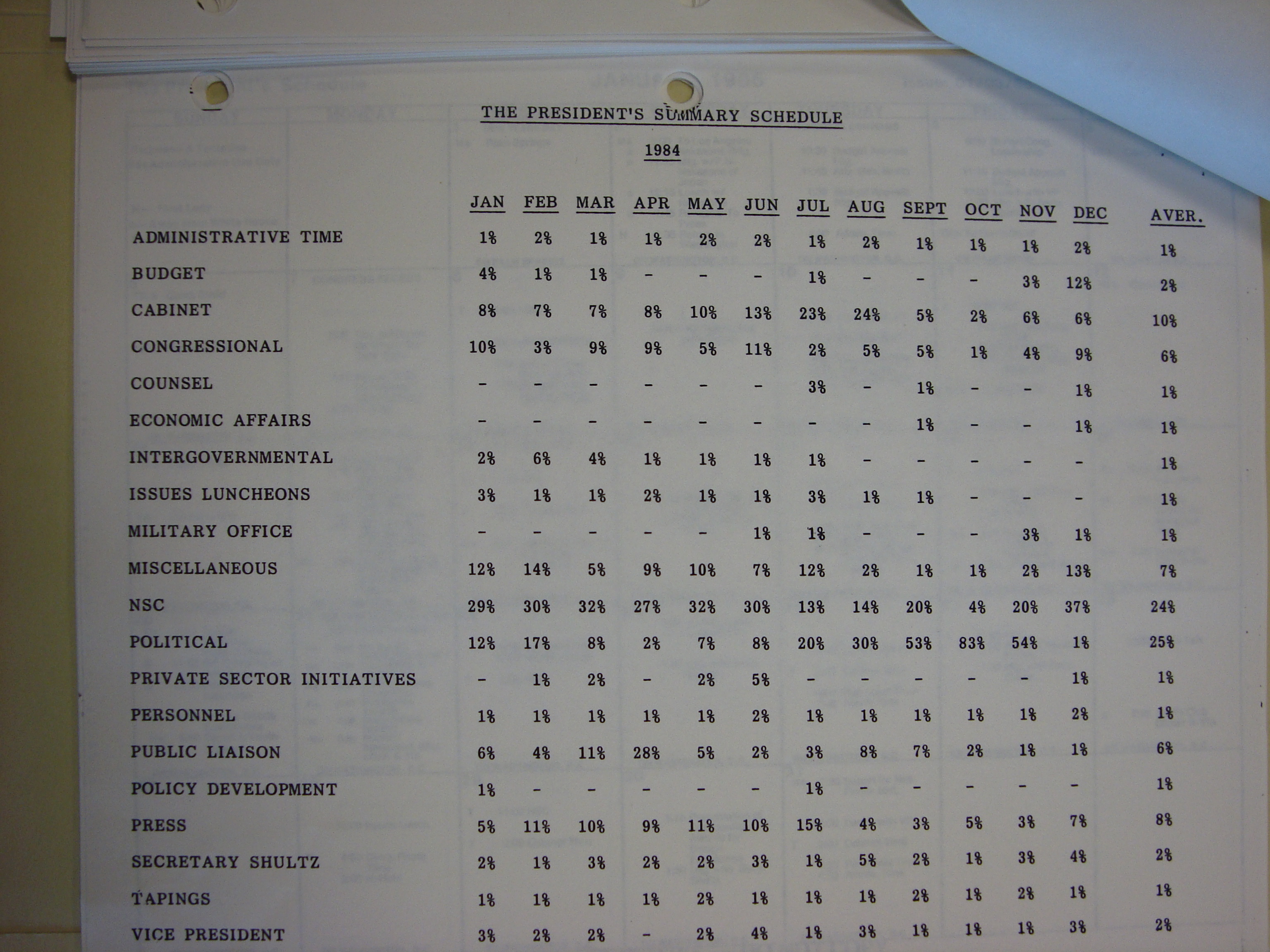A mixed bag in today’s Sunday Shorts – we mourn the passing of two public figures, and note their presidential ties. And we (gently) take issue with a recent column by Peter Orszag who waded publicly into the political polarization debate.
Let me begin with the passing of the great presidential scholar James MacGregor Burns who taught for so many years at Williams College, one of our fellow NESCAC institutions. The New York Times obituary does a decent job (as much as any obituary can) capturing the important details of Burns’ life professional life. My students will be familiar with him through two excerpts, one dealing with FDR’s nomination in 1932 and the second about FDR’s ill-fated 1937 court-packing scheme, that I assign from the first volume of Burn’s wonderful study of Roosevelt, The Lion and the Fox. Others will know him for his pioneering study of leadership, particular his juxtaposition of transactional vs. transformational modes of leading. But in 1964 Burns published another important book titled The Deadlock of Democracy: Four Party Politics in America, in which he argued that the American political system was stymied by the lack of unified political parties and weak presidential leadership. Because each party was internally divided, Congress lacked a working majority which prevented action on important national problems. Burns proposed a number of potential solutions, such as coterminous four-year terms for the President and members of the House. But the basic thrust of his argument is that to break the deadlock, we need strong, internally unified parties controlling both branches of government. Alas, Burns’ dream has come true in part – at least the strong party portion – but against the recurring backdrop of divided government. It is a reminder to be careful what we wish for.
I never met Burns. But when I contemplated jumping from a major research university to a smaller liberal arts college, I looked around to see whether there were any presidential scholars still publishing regularly in a small college environment. Happily, Burns came immediately to mind. When I found out that he never left Williams during blueberry picking season, I knew I had found a kindred spirit. May you rest in peace, Professor Burns.
In the same week that Burns died, Peter Orszag, the former director of the Congressional Budget Office and later Obama’s first OMB director, published this Bloomberg column arguing that part of the blame for the political division in our nation’s Capitol lies with us, the voters. I don’t have the time (nor space) in the Sunday shorts section to give Orszag’s argument its due, but I do want to take time to clarify two potentially misleading points he makes. First, as evidence of growing polarization, he cites (as does everyone!) the recent Pew survey finding that partisans’ views of the opposing party are growing increasingly negative. But, of course, that finding is consistent with party sorting, rather than ideological polarization. If the opposing party is increasingly dominated by a more ideologically uniform view, it makes sense that it will be viewed with more suspicion by those in the opposing party – even if there has been no real aggregate increase in ideological polarization. It is just that the Democratic party has become more uniformly liberal, and the Republican’s more uniformly conservative – the definition of party sorting. If I lean slightly liberal, I would grow increasingly skeptical of a Republican party that has shed its more liberal members. But as I’ve noted before, there’s been no overall increase in the number of liberals (or Democrats) or conservatives (or Republicans) in the last two decades.
Second, Orszag takes Morris Fiorina to task for suggesting that “politicians are disconnected from the people.” In fact, Orszag argues, the evidence is that increasingly Republican representatives are catering to the needs of Republican voters in their district, and Democrats are responding likewise to their Democratic constituents. Rather than a disconnect, then, as Fiorina argues in his book by that name, Orszag believes the link between elected officials and partisans is growing stronger. But this is a misreading of Fiorina’s argument. What Orszag describes is in fact entirely consistent with Fiorina’s description of party sorting – as parties become more ideologically homogenous, it stands to reason that you nominate and elect more liberal Democrats and conservative Republicans.
Instead, the real “disconnect” Fiorina writes about is between what elected officials produce acting collectively – say, legislation coming from Congress or, more accurately, NOT coming (cue Burns!) – and what the general public wants. But don’t take my word for it – here’s what Fiorina wrote in Disconnect: “As the parties have become more internally homogenous and more distinct from each other (Democrats more liberal, Republicans more conservative), it is probable that dyadic or microrepresentation – the correspondence between the positions and actions of an elected official and the legal jurisdiction that elects him or her – has become easier and more accurate, whereas collective or macrorepresentation – the correspondence between what representative institutions produce and the entire public wants – has deteriorated.” In short, the evidence Orszag cites exactly supports Fiorina’s argument about a strengthening of partisan-oriented dyadic representation at the microlevel. The real disconnect that worries Fiorina is between what those officials do collectively in Congress and what the general public wants. Nothing Orszag cites contradicts Fiorina’s main point.
And finally, I note with sadness the passing of the legendary James Garner whose movie and television credits are too numerous to cite here. Garner, as you know, played a range of memorable characters (cue Rockford Files theme song.) But one of his more forgettable roles came in this 1996 film My Fellow Americans, in which Garner played an ex-president, along with his fellow ex-president Jack Lemmon. Here they reminisce about what they miss most about being president:
[youtube.com/watch?v=S_qh1jNFRo0]Have a great Sunday!


